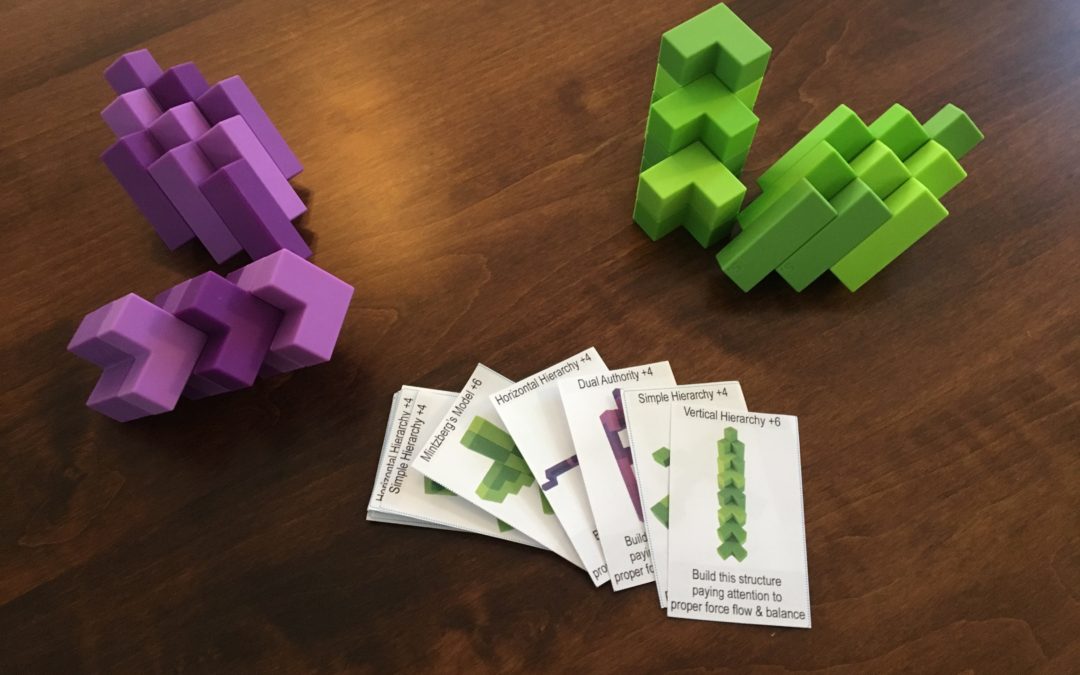
by Rees Shad | Feb 6, 2019 | Big Ideas, Games, Ongoing Classes, Past Presentations, Presentations
In Dr. Sharon Rallis’ graduate class “Strategies for Institutional Change” (Spring 2019) we were exploring Boleman and Deal’s structural framework analysis of organizations. I had been pondering the metaphor or magnetic polarity as it might correspond to the flow of an organization’s energy and wondering if I might model this for an assignment in which I was to teach the structure portion of that week’s class.
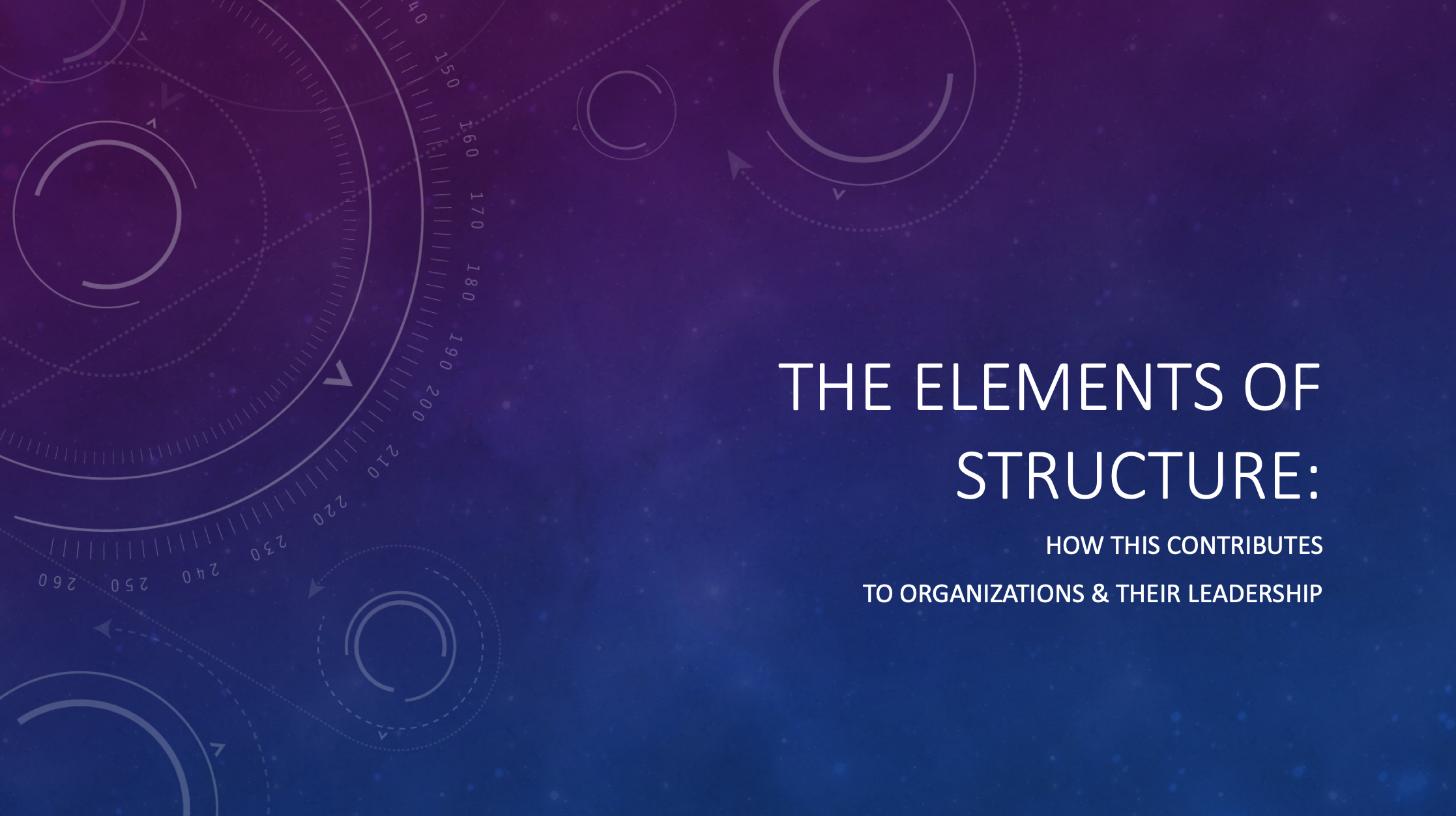 I put together a presentation which explained a brief history of magnetic turbines and how they can harness the natural flow of energy.
I put together a presentation which explained a brief history of magnetic turbines and how they can harness the natural flow of energy.
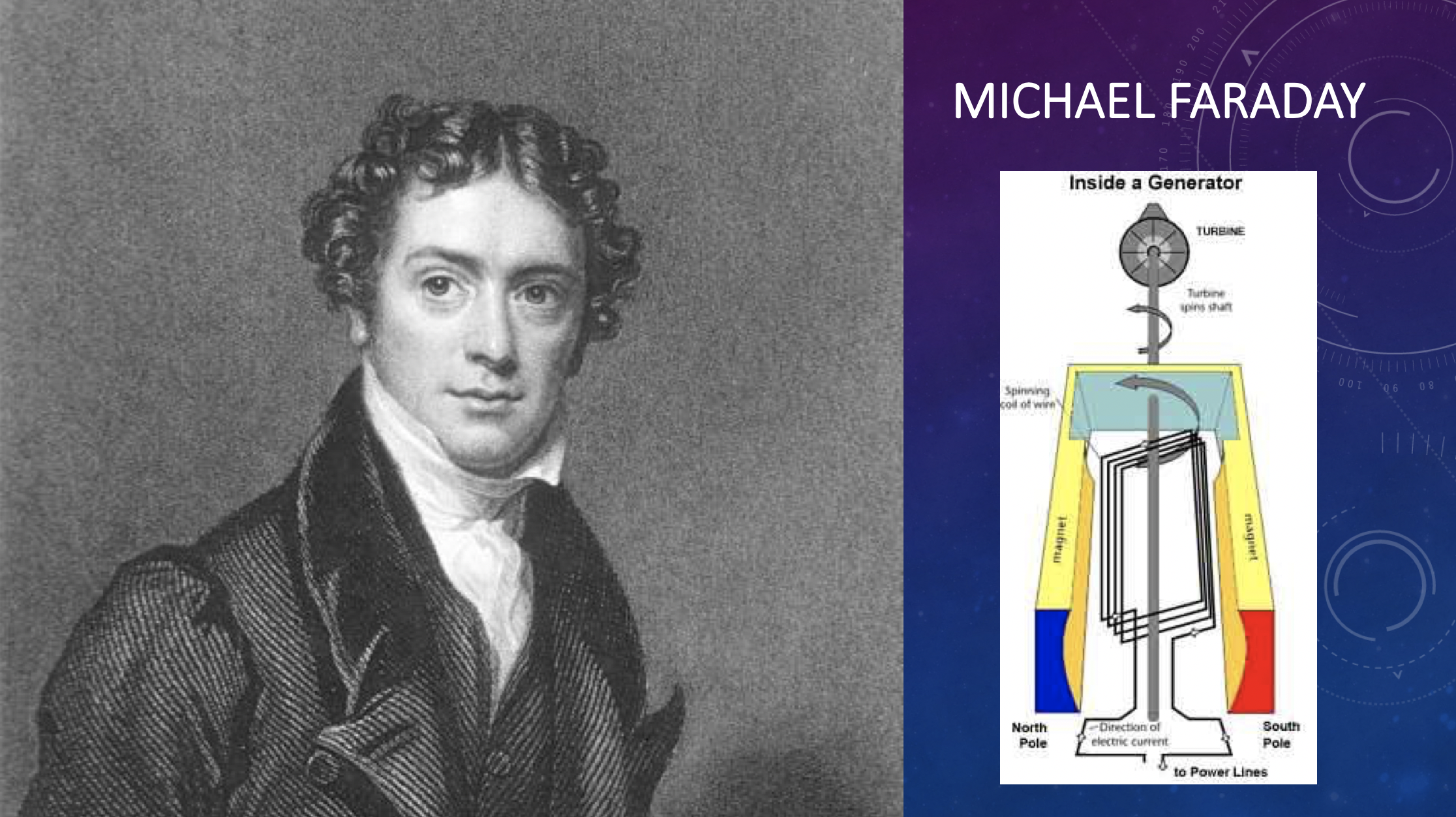
I then introduced the class to a game that I had developed which I call Structure & Flow.
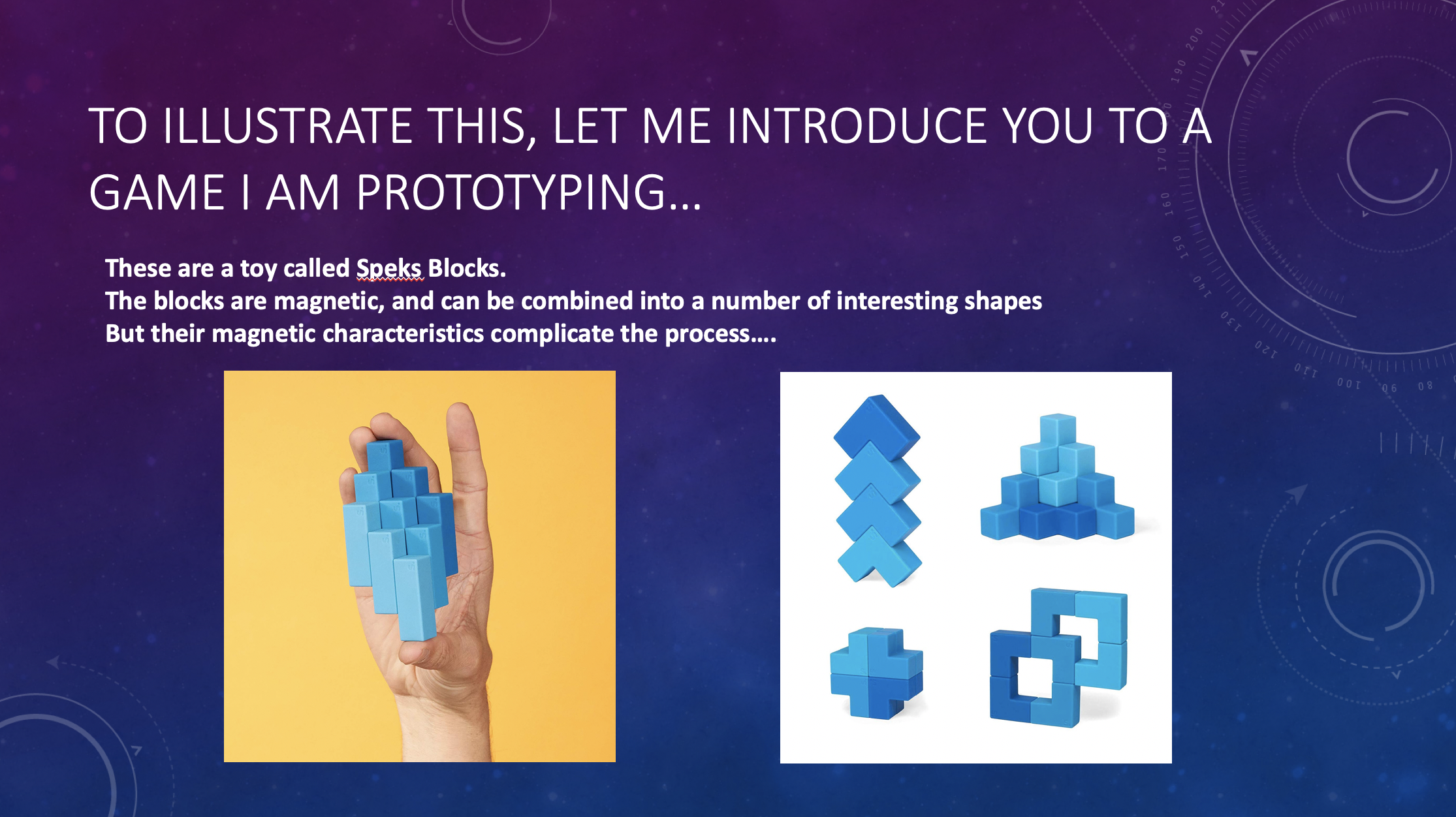
The game uses an existing product – desk toys called Speks Blocks – which are small magnetic building blocks. Players assemble prescribed designs modelling various organizational structures paying attention to magnetic flow and structural balance. These designs are picked from a deck of cards depicting the designs from various angles. Some angles are more revealing than others, and subsequently earn the players more or less points depending on the level of complexity.
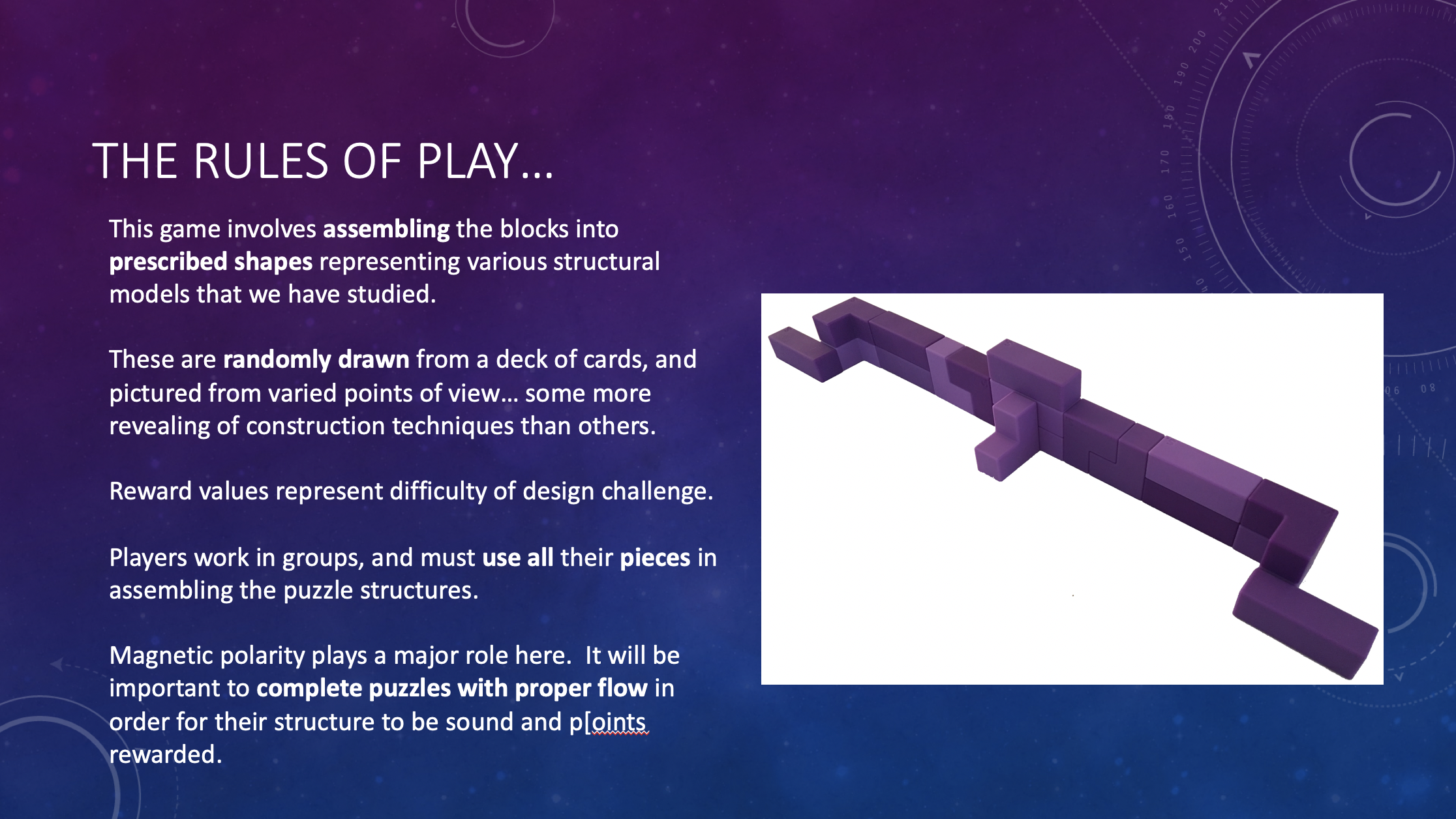
I was fearful that the game would be too simple for this audience, but they were thoroughly engaged, and the game (and my lecture) sparked some very interesting conversations about how organizations can be designed, and redesigned.
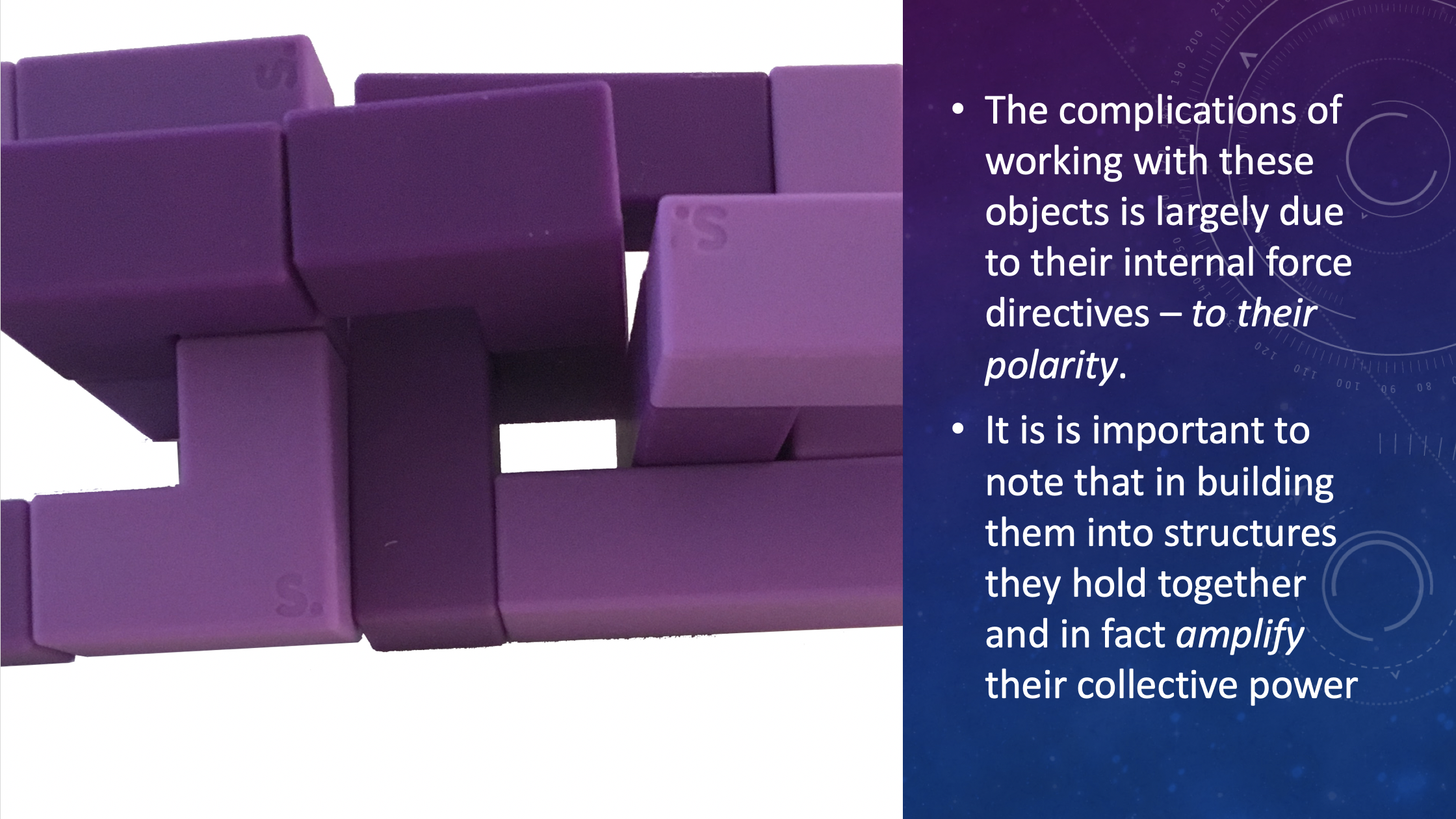
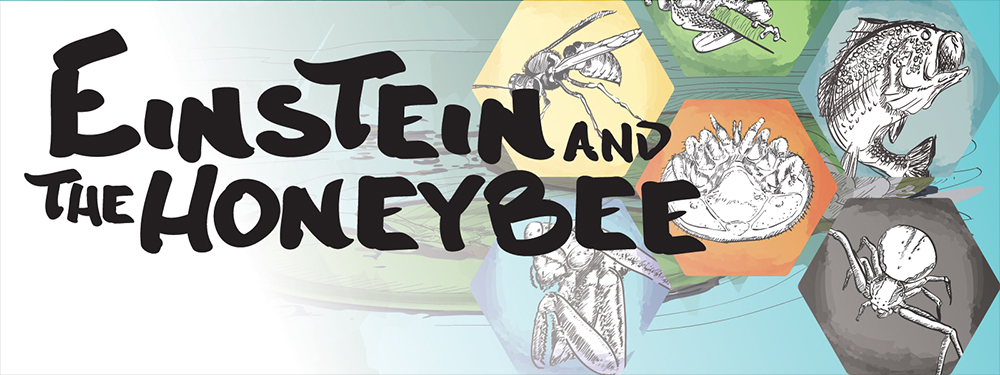
by Rees Shad | Jan 15, 2019 | Games
Einstein & the Honeybee is a board game that I conceived of while writing our game design textbook. It introduces young naturalists and physicists to the fascinating world of bees, inspiring an interest in apiology and Colony Collapse Disorder (CCD). Players explore the garden of Albert and Elsa Einstein as they work to pollinate flowers and rescue lost bees while avoiding predators, pesticides, and harmful mites. Players are able to use some of Einstein’s discoveries to their advantage as they struggle to save the hive. It has been designed for players age 8 and up, and can be found on sale here at The Game Crafter.
Here’s a video the folks at Colmena created for us to crowdfund the original production run…
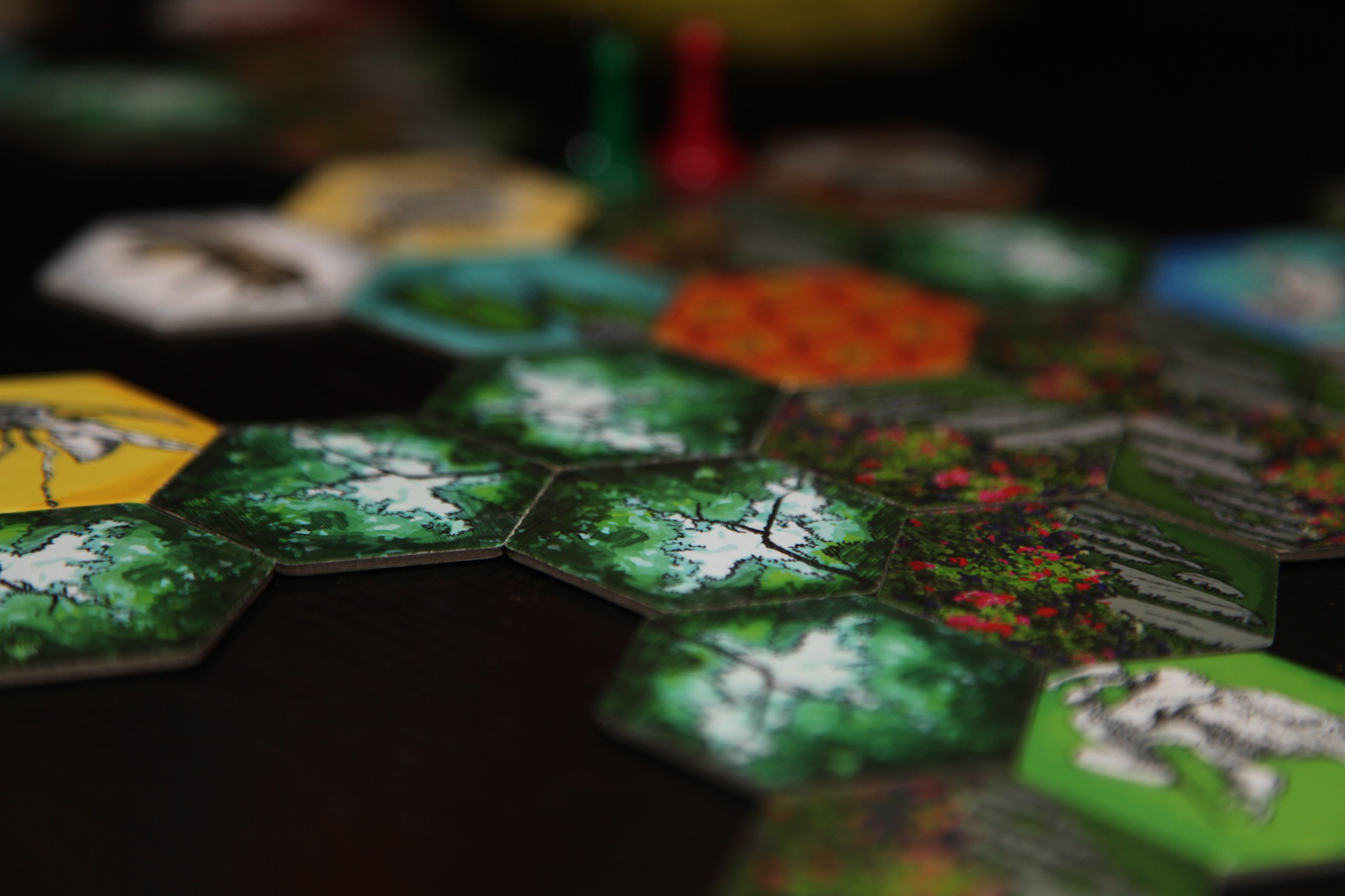
Game tiles from the Einstein & The Honeybee board game
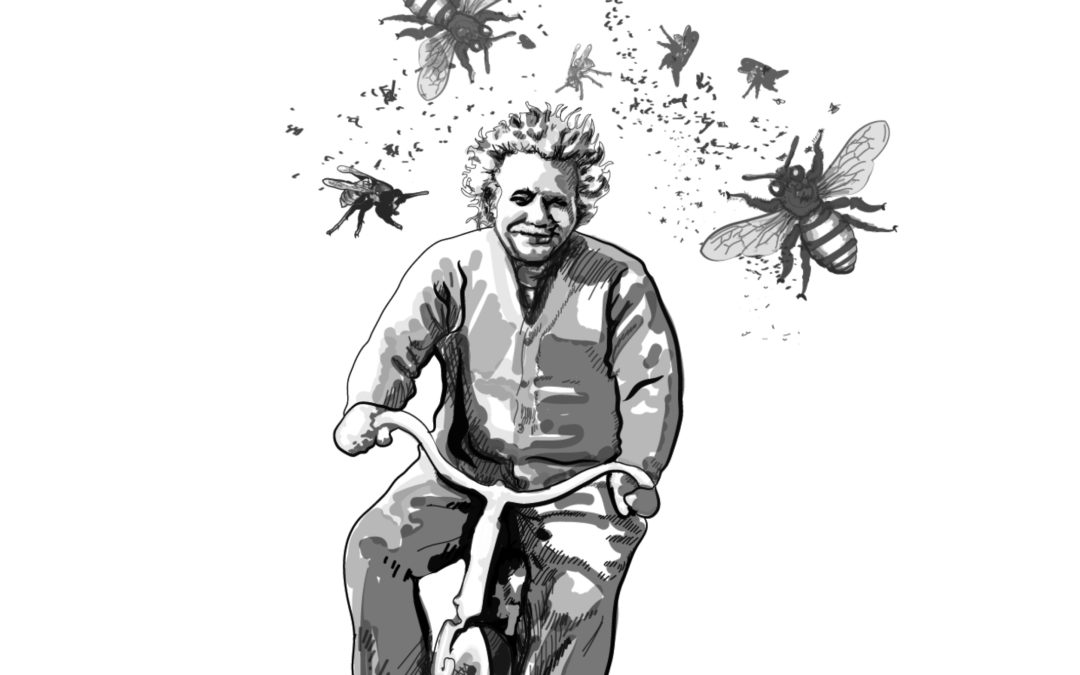
by Rees Shad | Jan 15, 2019 | Big Ideas, Books, Games
Einstein & the Honeybee: An Introduction to Game Design and Game Development
By The Hive Cooperative
This book is a wonderful introduction to game design, iterative methodologies, and usability issues that will help young designers gain a grasp of important concepts and necessary terminology that modern game developers need to know. Professor Rees Shad and his merry band of over-achievers bring readers on a light hearted romp that explores and illustrates the meaning of play, rule sets, and game mechanics; while introducing readers to important concepts in design, collaborative methodologies, and the role of narrative.
The Hive Cooperative is a group of educators and students who gathered together to edit and augment Professor Shad’s original document into a more approachable type of textbook. Literally testing the approaches described in the book on the work itself in order to assure that members of the target audience would not only understand, but also enjoy.
Written by: Rees Shad
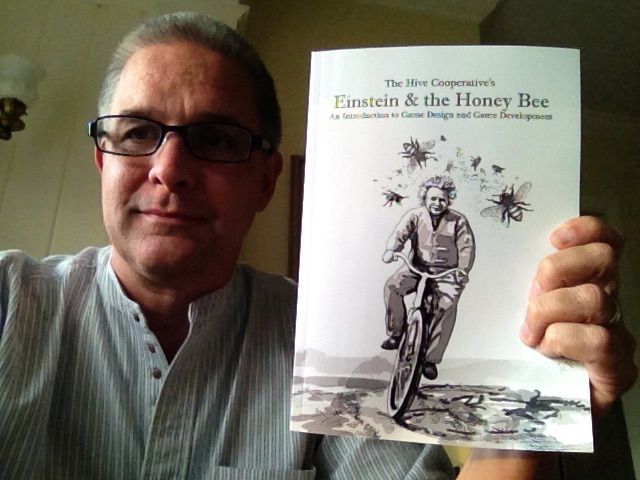
The first pressing of our book Einstein & the Honeybee from 2012
Asides and addendums written by: Dylan Shad, Chris Aiken, & Rocio Rayo
Illustrated by: Amara Dioubate & Elijah Richmond
Edited by: Rocio Rayo, Dylan Shad, Elijah Richmond, Chris Aiken, Rees Shad, & Pamela Shad
Layout: Elijah Richmond
Colmena Design – Media & More Bronx, NY
With help from The Ravenfox Fund – Supporting educational opportunities & social innovation
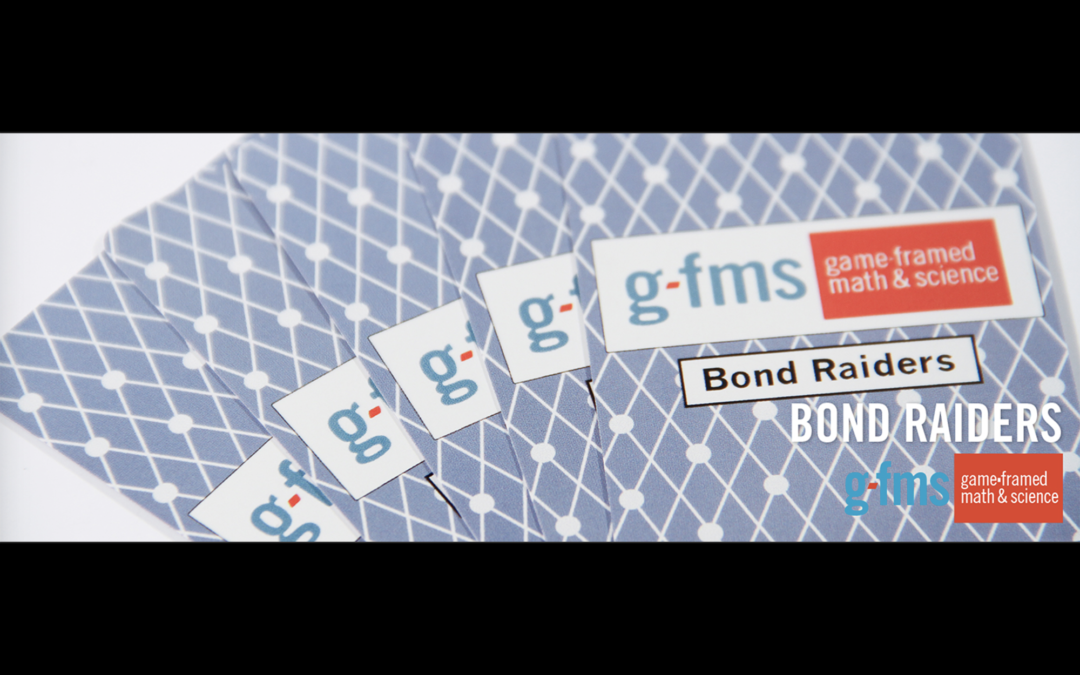
by Rees Shad | Dec 31, 2018 | Games
Bond Raiders is a game I designed with the Colmena Design folks for an NSF/ATE grant that my colleague Catherine Lewis and I were awarded. This card game helps environmental chemistry students to familiarize themselves with the organization and the construction of organic functional groups. Its a fast paced card game where players collect ingredients made up of a variety of molecules and bond sets in order to gain points by building functional groups of varied complexity.
How it works:
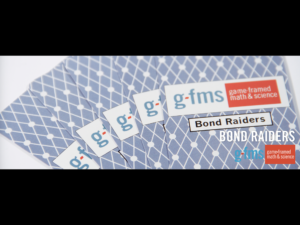
Bond Raiders Card Game
The possible sets and related point system are outlined for players on a Functional Group Card,which acts as a recipe card for students new to the game.
Players begin the game by shuffling the deck of cards and dealing out four ‘quadrants’ of 16 cards laid face up. These quadrants make up a quarter of the full “table” of 64 potentially raidable cards.
Players then engage in four ‘raid’ rounds. Here players roll the four-sided die to determine how many cards they may raid from other players’ quadrants. They do this in order to trade them out for less valuable cards of their own. This is done with an eye toward building sets of the highest possible value.
Once all ‘raids’ have been completed, players enter the scoring round where they assemble groups from within their quadrant and tally their score. Sets of cards used in these groups are put to the side.
The final round of the game involves players rolling for the opportunity to assemble any group sets they might identify from cards available on the entiretable. When all possible potential sets have been built the scores are tallied and any remaining cards in a player’s quadrant are deducted from their score.
Bond Raiders was designed to coincide with a lab project involving physical 3D models of the groups. The color-coding of the molecule cards in our game matches those of the lab kit as well as other class materials. All terminology used within the game is not necessary for the game’s mechanics. As with many of our G-FMS science games, it is unnecessary for players to have prior knowledge of vocabulary or principles in order to play the game successfully, but these principles and terms become familiar and more approachable through the low stakes environment of play. For more advanced students this becomes an excellent study aid helping them memorize the make up and construction of organic functional groups.
Bond Raiders Description Optimized

 I put together a presentation which explained a brief history of magnetic turbines and how they can harness the natural flow of energy.
I put together a presentation which explained a brief history of magnetic turbines and how they can harness the natural flow of energy. 









